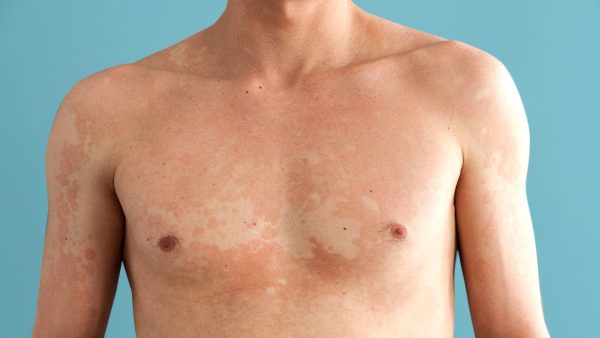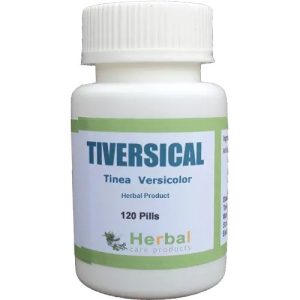Fungal infections on the skin, or tinea versicolor, can be an embarrassing and uncomfortable condition. Thankfully, there are natural remedies that may help alleviate the symptoms of this skin condition. Below, we’ll discuss the most effective natural treatments for tinea versicolor, so you can find relief in the comfort of your own home.
What is Tinea Versicolor?
Tinea versicolor is a fungal infection of the skin caused by a type of yeast known as Malassezia. It typically appears on the upper back, chest, and arms, but it can also spread to other areas. The infection is characterized by scaly, discolored patches of skin that can be lighter or darker than the surrounding skin.
What Causes Tinea Versicolor?
The exact cause of tinea versicolor is not fully understood, but it is believed to be caused by an overgrowth of the Malassezia yeast. This overgrowth is usually due to excessive sweating, oily skin, or an impaired immune system. In some cases, the infection may also be caused by contact with an object or person who is infected with the yeast.
Natural Treatments for Tinea Versicolor
There are a number of natural treatments available for tinea versicolor. Here are some of the most effective natural remedies for this skin condition:
Apple Cider Vinegar
Apple cider vinegar has antifungal and antibacterial properties that can help fight the infection. It’s easy to use; simply mix a quarter cup of apple cider vinegar with a quarter cup of water and apply it directly to the affected area. Leave it on for about 15 minutes, then rinse it off with warm water.
Coconut Oil
Coconut oil is a natural antifungal that can help fight the infection. To use it, apply a thin layer of coconut oil to the affected area and leave it on for 15-20 minutes. Rinse it off with warm water.
Tea Tree Oil
Tea tree oil is a powerful antifungal that can help kill the yeast that causes tinea versicolor. To use it, mix a few drops of tea tree oil with a carrier oil, such as jojoba oil, and apply it directly to the affected area. Leave it on for 15 minutes, then rinse it off with warm water.
Garlic
Garlic has antifungal and antibacterial properties that can help fight the infection. To use it, crush a few cloves of garlic and mix it with a small amount of olive oil. Apply the mixture to the affected area and leave it on for 15-20 minutes. Rinse it off with warm water.
Turmeric
Turmeric is a natural antifungal that can help fight the infection. To use it, mix a tablespoon of turmeric powder with a small amount of water to form a paste. Apply the paste to the affected area and leave it on for 15-20 minutes. Rinse it off with warm water.
Tips to Prevent Tinea Versicolor
In addition to using natural remedies for tinea versicolor, there are also a few things you can do to help prevent the infection from coming back. Here are some tips to help you keep tinea versicolor at bay:
Keep Skin Dry
Excess moisture on the skin can lead to an overgrowth of the yeast that causes tinea versicolor. To prevent this, make sure to keep the affected area dry and clean.
Wear Loose-Fitting Clothing
Tight clothing can rub against the skin, aggravating the infection. To prevent this, make sure to wear loose-fitting clothing that allows your skin to breathe.
Avoid Oils and Lotions
Oils and lotions can clog the pores, trapping moisture and causing an overgrowth of the yeast. To prevent this, avoid using oils and lotions on the affected area.
Avoid Sharing Objects
The yeast that causes tinea versicolor can be passed from person to person. To prevent this, avoid sharing objects such as towels, clothing, or other items that may come in contact with the affected area.
Conclusion
Tinea versicolor can be an uncomfortable and embarrassing skin condition, but thankfully there are natural remedies that may help alleviate the symptoms. Apple cider vinegar, coconut oil, tea tree oil, garlic, and turmeric are all effective natural treatment for tinea versicolor. Additionally, there are a few things you can do to help prevent the infection from coming back, such as keeping the affected area dry and clean, wearing loose-fitting clothing, avoiding oils and lotions, and avoiding sharing objects.
By following these tips and using natural treatments for tinea versicolor, you can find relief from this skin condition in the comfort of your own home.





